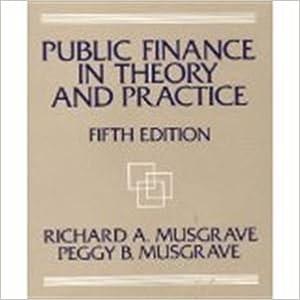Question
Pretend we have a company that does not pay a dividend. Its current stock price is $150. There is a 50% change that the return
Pretend we have a company that does not pay a dividend. Its current stock price is $150. There is a 50% change that the return will be +30%, and a 25% chance that the return will be either 10% or -20%.
a. What is the expected price at year-end? b. If you were to discount the company's expected price at year-end from part (a) by this number, would you underestimate, overestimate, or correctly estimate the stocks present value c. If you could observe the returns of the company over a large number of years, what would be the compound (geometric average) rate of return. d. If you were to discount the company's expected price at year-end from part (a) by this number, would you underestimate, overestimate, or correctly estimate the stocks present value. e. If the probabilities of future returns remain unchanged and you could observe the returns of the company over a large number of years, what would be the (arithmetic) average return?
Step by Step Solution
There are 3 Steps involved in it
Step: 1

Get Instant Access to Expert-Tailored Solutions
See step-by-step solutions with expert insights and AI powered tools for academic success
Step: 2

Step: 3

Ace Your Homework with AI
Get the answers you need in no time with our AI-driven, step-by-step assistance
Get Started


